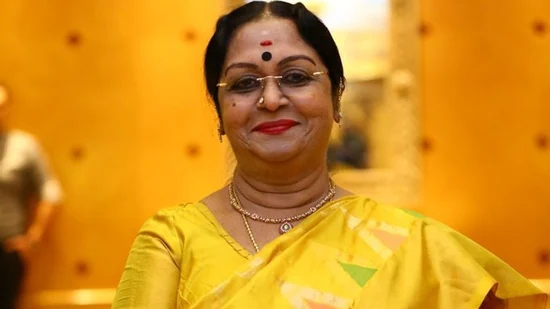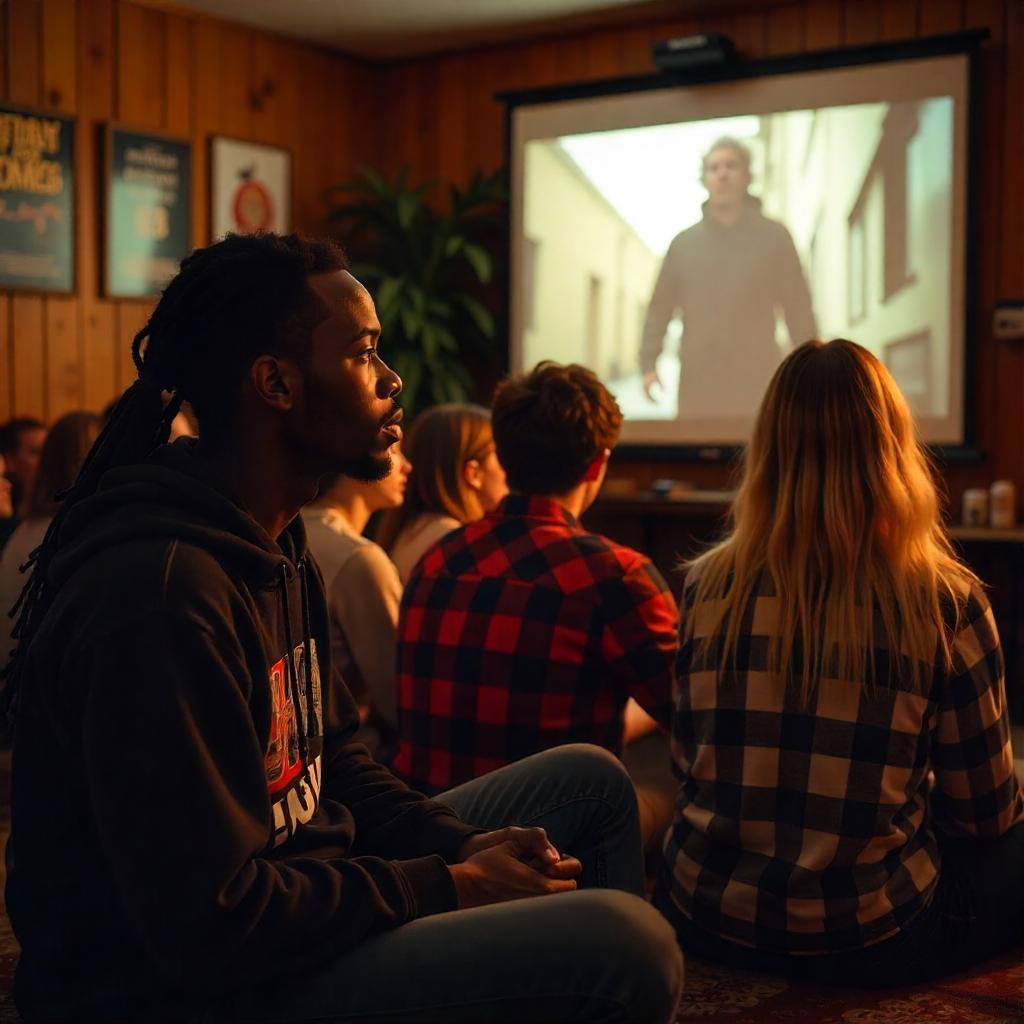Introduction
Saroja Devi was not just an actress, she was a living legend whose journey continues to inspire generations of artists.
Early Life and Entry into Cinema
Saroja Devi came from a modest family. Her father was a police officer, and her mother encouraged her early interest in dance and drama.
Rise to Stardom
Her breakthrough came with the Tamil film Thanga Padhumai (1959), where her performance drew immense praise. Soon, she became a sought-after actress, frequently paired with legendary actors like M. G. Ramachandran (MGR), Sivaji Ganesan, Gemini Ganesan, and Dr. Rajkumar.
Her ability to emote complex characters, deliver dialogues with finesse, and portray both glamour and tradition with equal ease made her a director’s favorite. She was often referred to as the “Abinaya Saraswathi” (Goddess of Acting) for her unmatched screen presence.
Multilingual Film Career
She starred in:
- Kannada: She shared the screen with Dr. Rajkumar in memorable films such as Bhakta Kanakadasa and Sri Krishnadevaraya.
- Telugu: Movies like Jagadeka Veeruni Katha with N. T. Rama Rao (NTR) were massive successes.
Her command over different languages and cultures helped her appeal to a pan-Indian audience, a rare feat for actresses of her time.
On-Screen Pairings and Legacy
Her pairing with MGR in particular became legendary, with films often achieving record box office collections.
Even during a time when male leads dominated the screen, Saroja Devi managed to stand out, often receiving top billing and commanding a massive fan base of her own. She played a pivotal role in redefining the image of the South Indian heroine – blending elegance, intelligence, and strength.
Accolades and Recognition
Throughout her career, Saroja Devi received numerous awards and accolades, including:
- Padma Bhushan (1992) – India’s third-highest civilian award
- Kalaimamani Award from the Tamil Nadu Government
- Karnataka State Film Award for Lifetime Achievement
- NTR National Award
- Filmfare Lifetime Achievement Award
These recognitions are a testament to her immense contribution to Indian cinema and culture.
Life Beyond the Silver Screen
In the later part of her career, Saroja Devi transitioned to character roles and took a step back from mainstream cinema. After the tragic death of her husband Sri Harsha in 1986, she chose to live a quieter life, devoting her time to social causes and charitable work.
Cultural Impact and Enduring Popularity
What makes Saroja Devi truly iconic is her ability to transcend generations. Her songs, dialogues, and performances are still played and remembered. Whether it’s the bubbly charm in Anbe Vaa or the regal grace in Sri Krishnadevaraya, her work continues to inspire actors and filmmakers.
In an era where actresses were often stereotyped, she chose to work in meaningful roles that showcased her versatility—from mythological epics to romantic dramas and social commentaries.
Saroja Devi in the Digital Age
With the rise of OTT platforms and social media, a new generation is rediscovering the magic of Saroja Devi. Her classic films are now available on YouTube and other streaming services, allowing film lovers across the globe to appreciate her timeless artistry.
Bloggers, YouTubers, and film historians frequently feature her in retrospectives, ranking her among the greatest Indian actresses of all time. Searches for saroja devi old songs, saroja devi movies list, and saroja devi photos continue to trend online.
Conclusion
Saroja Devi was not just a film icon; she was a symbol of elegance, talent, and perseverance. From humble beginnings to legendary status, her journey reflects the best of Indian cinema. Her legacy lives on not only in the films she acted in but in the generations of artists she inspired.
As long as Indian cinema is celebrated, Saroja Devi will remain a shining star — a timeless queen of the silver screen.












